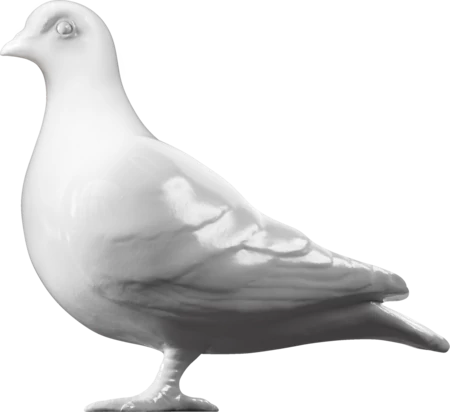Roman — Roman
Mosaic
The mosaic has survived almost intact. The few missing sections have been restored. It is in two sections: one square, the other semi-circular so as to fit into an apse or semi-circular end to the room. In the square portion, an interlaced guilloche ring borders a central stylized flower. Outside this are two interlocking squares of guilloche, and the whole area is bordered by a further guilloche frame. Stylized floral motifs and acanthus buds are placed in each corner. Between the two main areas of decoration lies a band with a scroll motif of leaves and a central floral pelta. A guilloche border surrounds the apsidal or semi-circular end, enclosing a semi-circle of shaded scale pattern and also a scallop shell. The design, which consists of red, white, yellow, black and green tesserae is surrounded by a plain red border.
At the time of discovery, there were the remains of a stone-built wall around the semi-circular end of the floor and channels beneath for underfloor (hypocaust) heating. Box-flue tiles were found embedded in the walls, and would have carried the hot gases through from floor to ceiling. A series of tiles laid in herringbone fashion higher in one wall indicated the position of a window, and this has been reproduced in the reconstruction.
- Category:
- Roman
- Object ID:
- 2120
- Object name:
- mosaic
- Object type:
- Artist/Maker:
- —
- Related people:
- Related events:
- Related places:
- Production date:
- Roman
- Material:
ceramic, stone, mortar
- Measurements/duration:
- L 5030 mm, W 2990 mm [measured 04.03.2019] (overall)
- Part of:
- —
- On display:
- —
- Record quality:
- 100%
- Part of this object:
- —
- Owner Status & Credit:
Permanent collection
- Copyright holder:
digital image © London Museum
- Image credit:
- —
- Creative commons usage:
- —
- License this image:
To license this image for commercial use, please contact the London Museum Picture Library.
